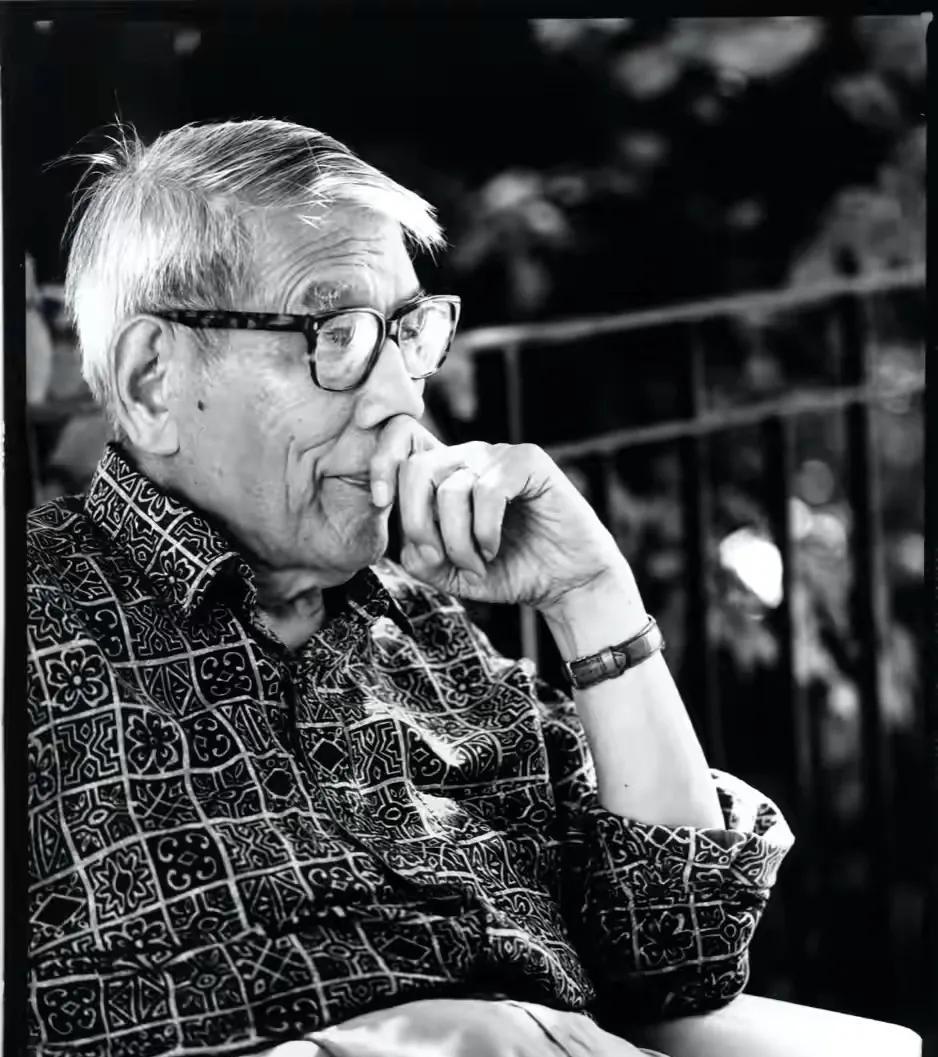
Zhu Dequn was born in 1920 in a small village in China's Jiangsu province, while Jerhard Licht was born in Dresden, Germany, in 1932, and the two artists were 12 years apart and 5,000 kilometers apart. They all went on to become the world's best-known post-war artists, wandering between abstraction and figuration, creating masterpieces of art that stand tall in history.
Zhu Dequn (1920-2014) Blazing Love, oil on canvas, 195 x 130 cm., 1978-1979. Estimate: HK$28,000,000 - 40,000,000
Zhu Dequn's father was a doctor who had a good taste in collecting Chinese paintings and calligraphy, Zhu Dequn studied calligraphy with his teachers since childhood, and at the age of 15, he enrolled in the Hangzhou Academy of Fine Arts, where he studied under lin fengmian and other art masters. Lin Fengmian studied painting at the École Nationale Supérieure des Beaux-Arts in Paris, and Zhu Dequn was inspired by this and also had the idea of going to Paris, which finally completed in 1955. He spent the remainder of 59 years in the French capital, a journey that eventually became his journey of a lifetime.
Zhu Dequn's most admired works after arriving in Paris included the poetic abstract works of Nicolas de Staël, and he was inspired to create works other than figurative paintings. In the 1960s, Jude visited the Rijksmuseum in Amsterdam and fell in love with Rembrandt's paintings.
When he created "Blazing Love" in the late 1970s, it can be said that Zhu Dequn had absorbed the essence of various types of art at that time and came to the peak of his own artistic creation. The fiery red oil above the painting contrasts with the slightly darker part below, reminiscent of chiaroscuro in Rembrandt's works, such as Belshazzar's Feast. At the same time, the dynamic brushstrokes that fill the picture are reminiscent of Chinese calligraphy. And what exactly is the painting depicted? This is by no means immediately known, but the title of the painting can be used as a hint: "embrasement" means "fire" in French. The orange-red color that dominates the picture seems to be seen as the fiery magma erupting from the volcano. The viewer's gaze is from top to bottom, as if he can feel the gradually cooling magma slowly solidifying.
Zhu Dequn seamlessly transitions orange-red with yellow and white, conveying the fiery atmosphere of the painting and highlighting his excellent painting skills. Like his nimble brushstrokes, the paintings highlight the never-ending vitality of nature.
Jerhard Richter (b. 1932) Abstract Painting 747-1, oil on canvas, 200 x 200 cm., 1991. Estimate: HK$128,000,000 - 166,000,000.
Licht's Abstract Painting 747-1, painted in 1991, set a new world auction record when it first appeared on the auction in 2007. At first glance, the work has no specific theme, and its title can be literally translated as "abstract pattern". When Zhu Dequn painted "Blazing Love", Licht began experimenting with a new creative tool, the squeegee, almost at the same time, which later became the tool he has been using to this day, and became synonymous with Richter's works.
Richter first applied paint to the canvas with a paintbrush and then used a rectangular transparent plastic to scratch the surface of the painting. This seemingly contradictory but superb creative method can retain and add the existing layering of the picture while removing it. In this way, the artist harmoniously blends bright and eye-catching color stripes with spots to create a landmark masterpiece like Abstract Painting 747-1. The red color in the painting is worth mentioning, reminiscent of similar colorful colors in Titian's works, and Mark Rothko's masterpiece of deep spirituality.
In 2011, Richter said, "With a brush, you have control over the picture." Paint sticks to the brush, it's up to you to define the picture... You'll be in control of what happens on the screen. But if you use an ink scraper, you lose control of the picture. The artist seems to enjoy the out-of-control experience. It is worth mentioning that the fundamental significance of Richter's decision to use a scraper is actually an affirmation of creative control. The angle and pressure of the scraper, like the color and type of paint, are entirely determined by the artist himself. These works are therefore representative works of Richter.